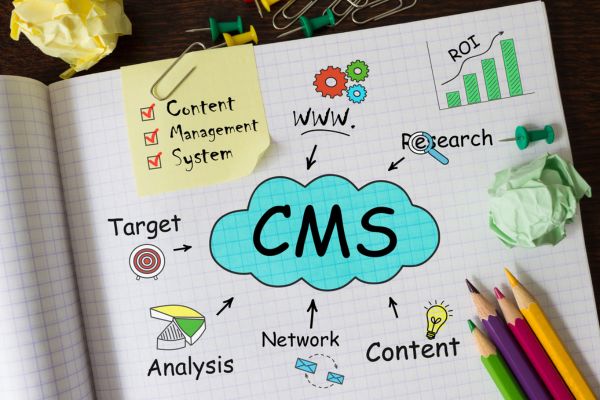We attended Gartner’s recent webinar entitled “Emerging Technology Hype Cycle 2010: What’s Hot and What’s Not”, presented by Jackie Fenn. Gartner’s Hype Cycles are considered to be some of the most respected forms of research in the field of technology. Here’s a quick overview of some of the points covered during the webinar.
The webinar started off with a quick description of how what a Hype Cycle is all about. To remind you, Hype Cycles are management models that help organizations understand the landscape of technology maturity and markets, and to decide which technology innovations to adopt, postpone or ignore, and when is an appropriate time to adopt. The Gartner Hype Cycle model was first published 15 years ago, and has grown to an annual release of between 70 and 80 Hype Cycles per year.
Jackie Fenn went on to discuss some specialized Hype Cycles, one of which was the Cloud and Platforms Hype Cycle – including private cloud computing, cloud computing, cloud/web platforms, mobile application stores, activity streams and Internet micropayment systems.
Private cloud computing is making its way up the Technology Trigger, towards the Peak of Inflated Expectations. Fenn explains that certain industries (e.g. Governments) are realizing the benefits of cloud computing but are concerned about the level of security for their data – enter the private cloud.
She also makes the very valid point that most of the technologies included in the Gartner Hype Cycles are not new – they are niche ideas that early-adopters have already been using, which are moving towards becoming mainstream technologies.
Cloud computing has crept past the Peak of Inflated Expectations and is making it’s way down the curve towards the Slope of Enlightenment – in other words, cloud computing is about to explode! How can we use this kind of information to our advantage as an organisation? You’ll see on the graph that each technology is marked differently on the curve – this tells us the timeframe in which Gartner expects the technology to reach mainstream adoption. They have predicted that cloud computing will be mainstream within 2-5 years time.
How else can we visualize and interpret this information? A priority matrix is published alongside every Hype Cycle. Priority matrices are useful for detailed technology prioritization – they are essentially risk/benefit matrices which enable the user to look beyond the hype and assess technology opportunities in terms of their relative impact on the enterprise and the timing of that impact. Take a look at the Emerging Technologies Priority Matrix for 2010 on Gartner’s website.
The vertical “expectations” axis has been replaced with “benefit” which helps us decide which technologies to invest in. The top left hand corner contains “high priority” technologies – where we should focus our early efforts and resources – e.g. cloud computing, cloud/web platforms, mobile application stores. These are low-risk high-benefit technologies that are likely to become mainstream within the next 5 years.
On the other side, in the top right hand corner, we have technologies with a potentially very high return – but also a higher risk. As it stands in 2010, these include autonomous vehicles and mobile robots. Don’t expect to see these technologies emerging anytime soon, but when they do, they have the potential to be of high value. These are the type of technologies that are often ignored – so keep an eye on them, as early-adopters are already moving with these things.
Cloud computing is to well-positioned to become a high priority for organizations over the next few years as more and more people realize its benefit and low-risk. When you compare its position in last years Hype Cycle you can see the graduation of cloud computing along the curve. You will also notice that some technologies such as private cloud computing were not even on Gartner’s radar last year, which shows just how quickly technology is adopted and how fast it matures, reinforcing the importance of early investment in such technology.


